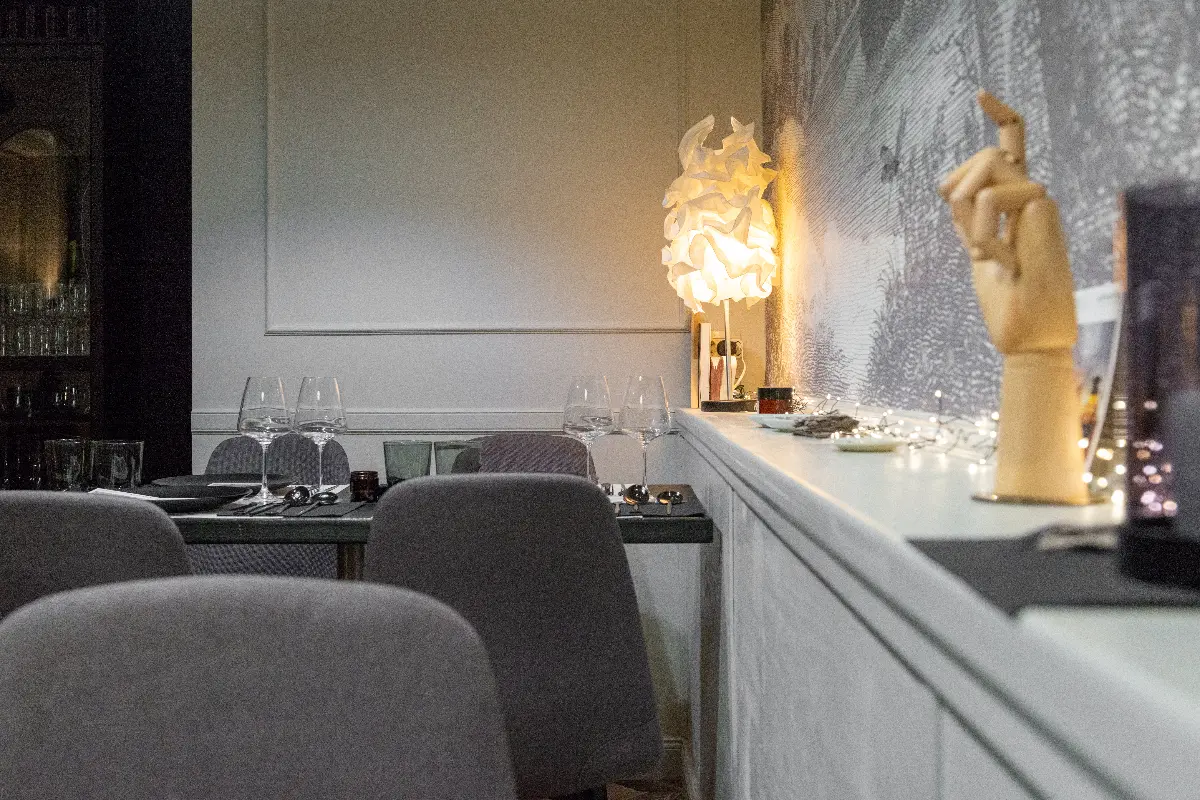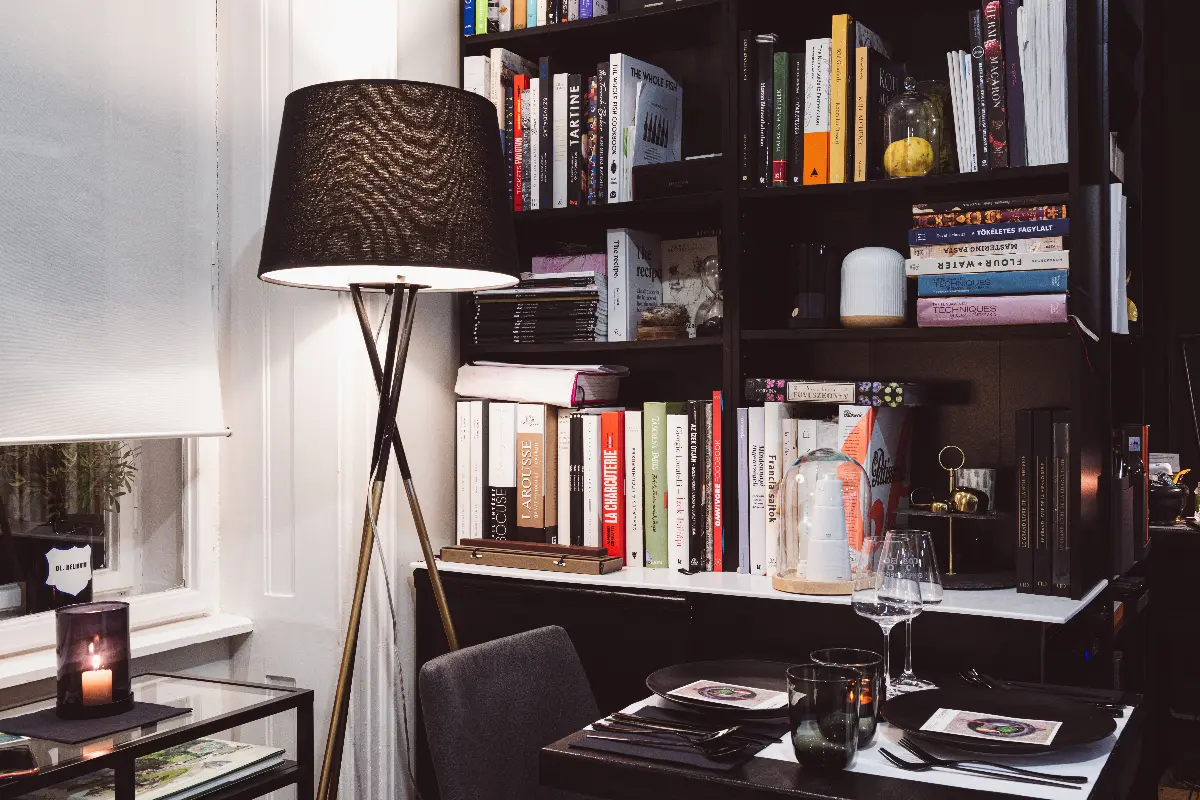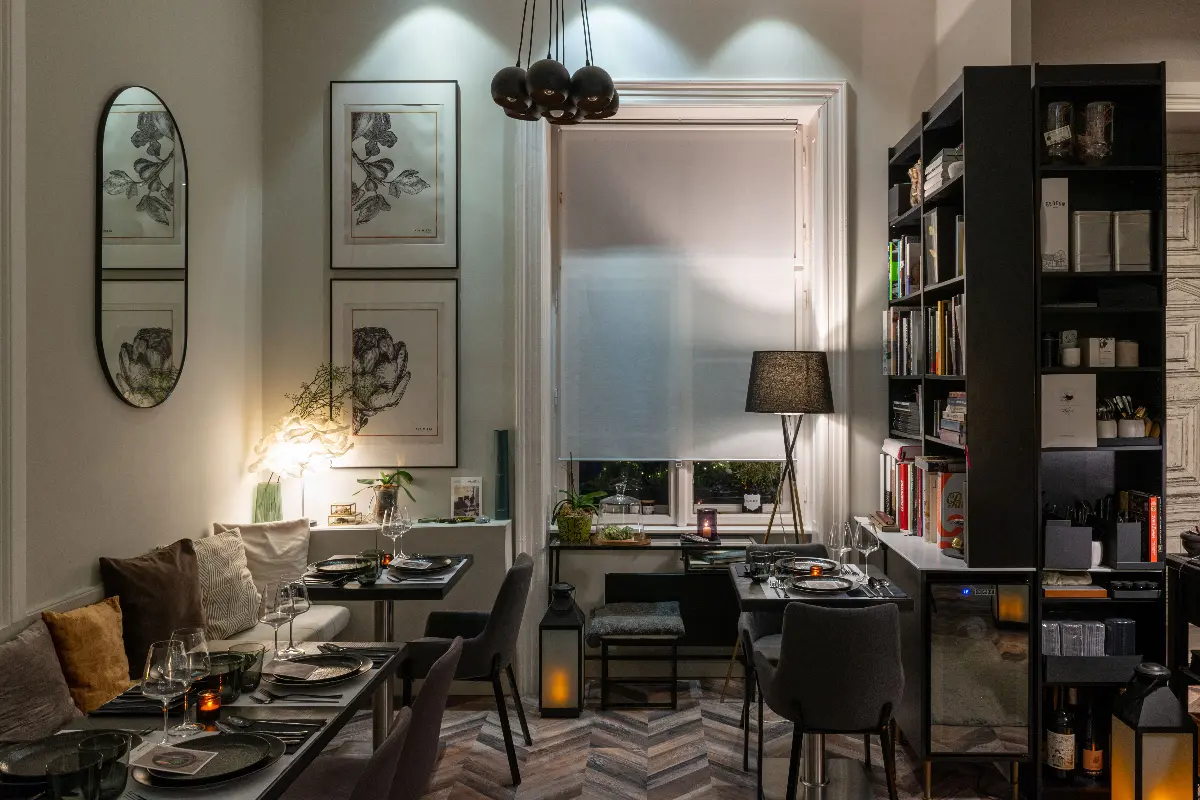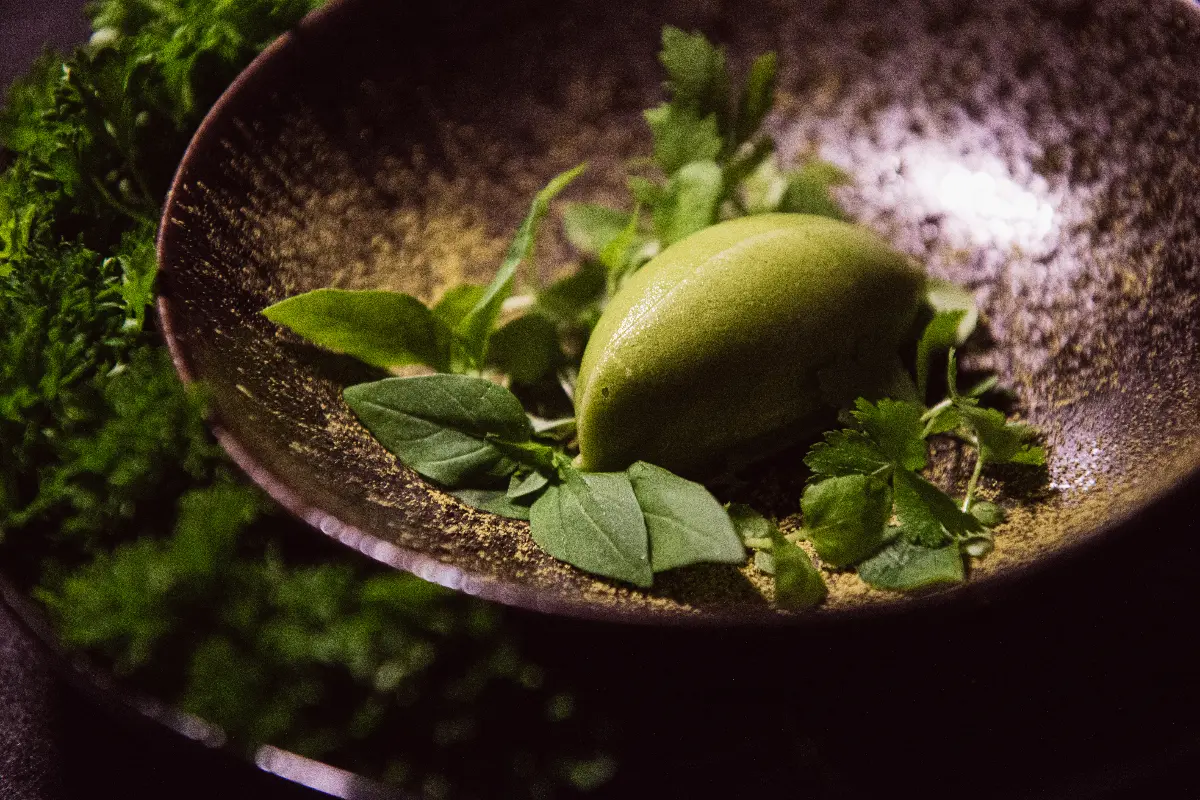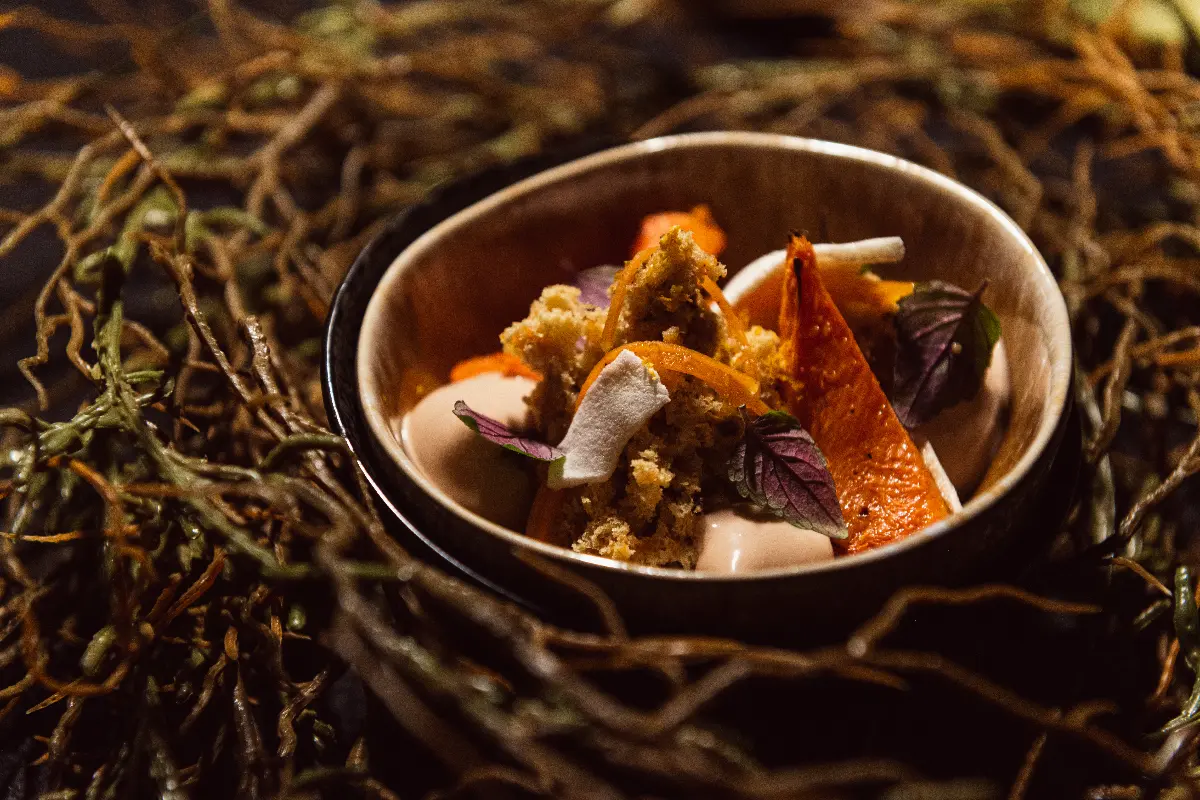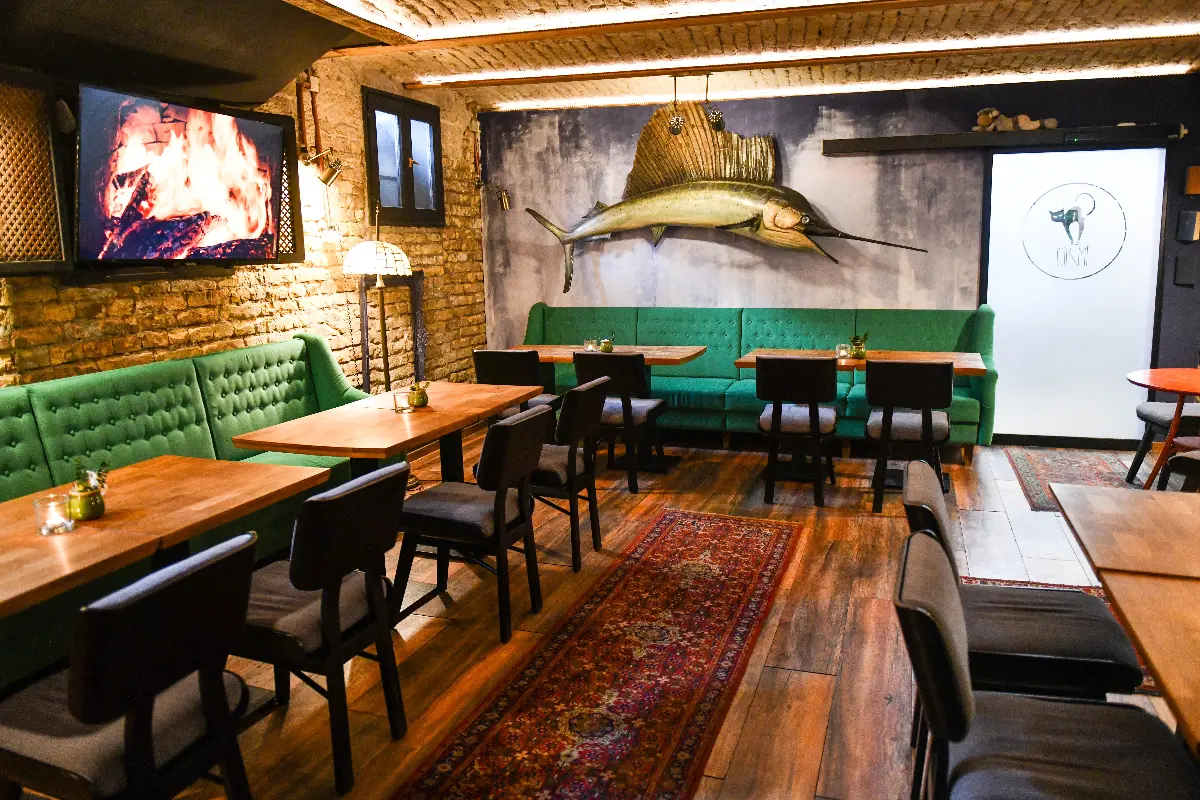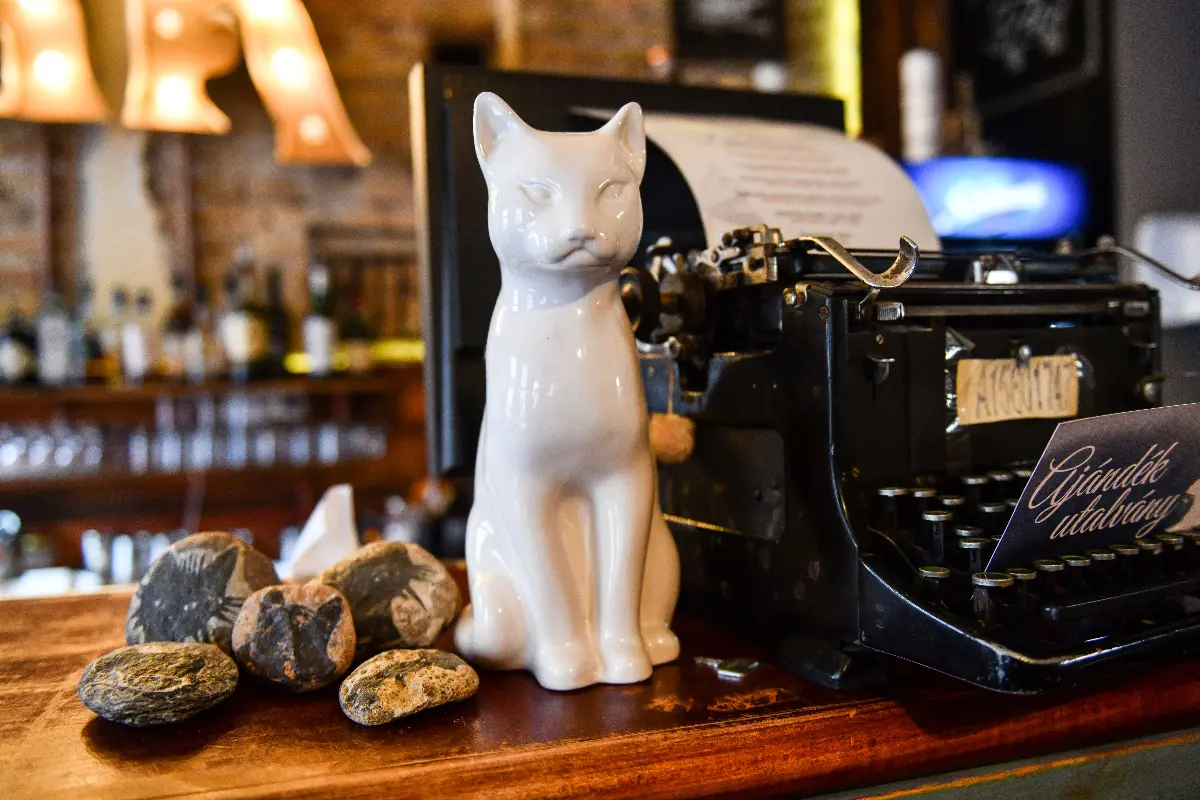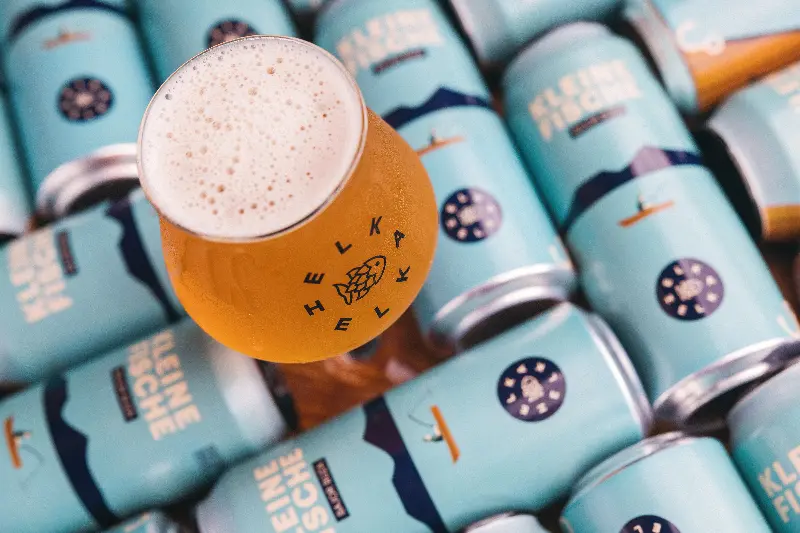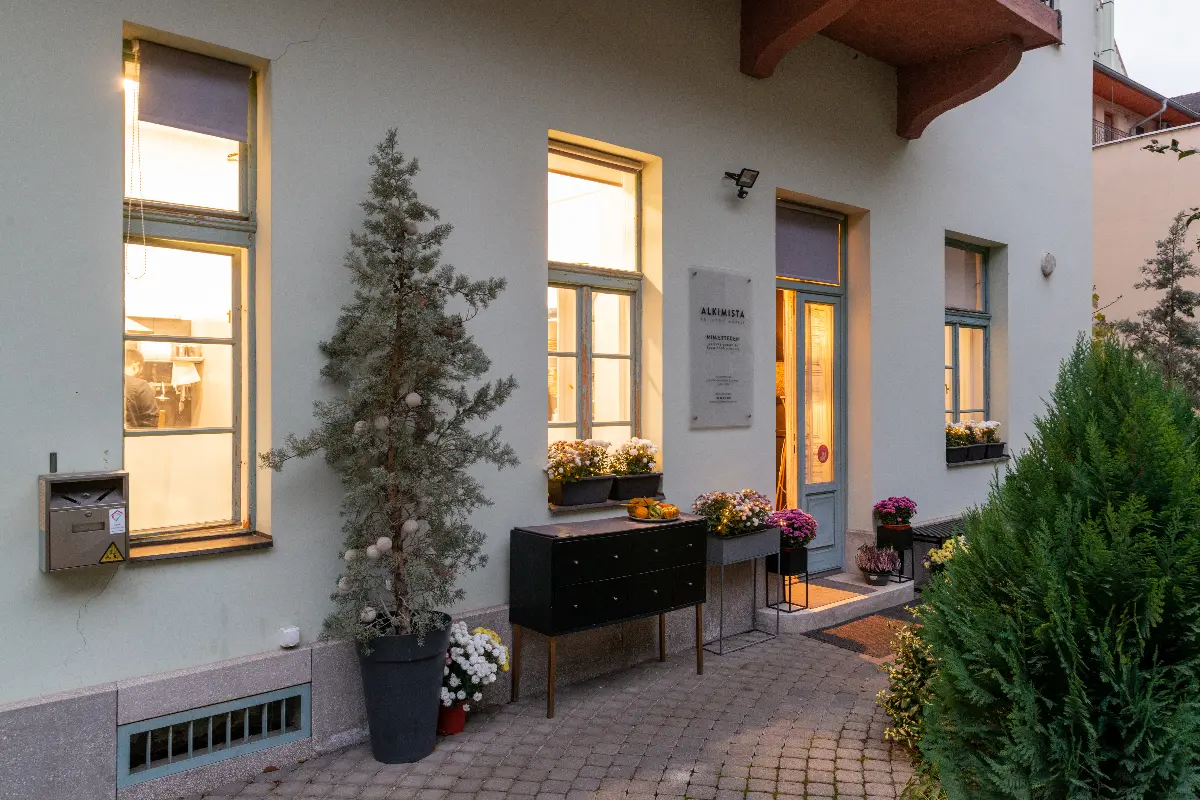
Helyszín címkék:
Travelling by ‘tuja’ (tram): the face of the city at night
Jászberényi Attila
When the night falls, we arrive at the modern district of the university, where futuristic architectural solutions are alleviated by adequately contrasted ruin pubs. The colourful-odorous-noisy ‘Nyugi Kert’ (Calm Garden) can be easily recommended to any Amsterdam-friendly world travellers, its little sister, the Campus is for any low-cost time travellers with a backpack. We can bravely aim for the ordinary taphouse called gastropub named Cirmi, the peak of the Bermuda Triangle pointing towards the downtown area, which attracts university students up for fun in a civilized way. And to finish off the story of the perfect day in Szeged, after burek and Dalmatian wines it’s time for cevapi. Once upon a time, after the Holy Trinity of ‘Búza-Béke-Bárka Korcsma’ (Wheat-Peace-Ark Pub), it was impossible to eat Serbian food in the city for a long time. This unacceptable situation was resolved by
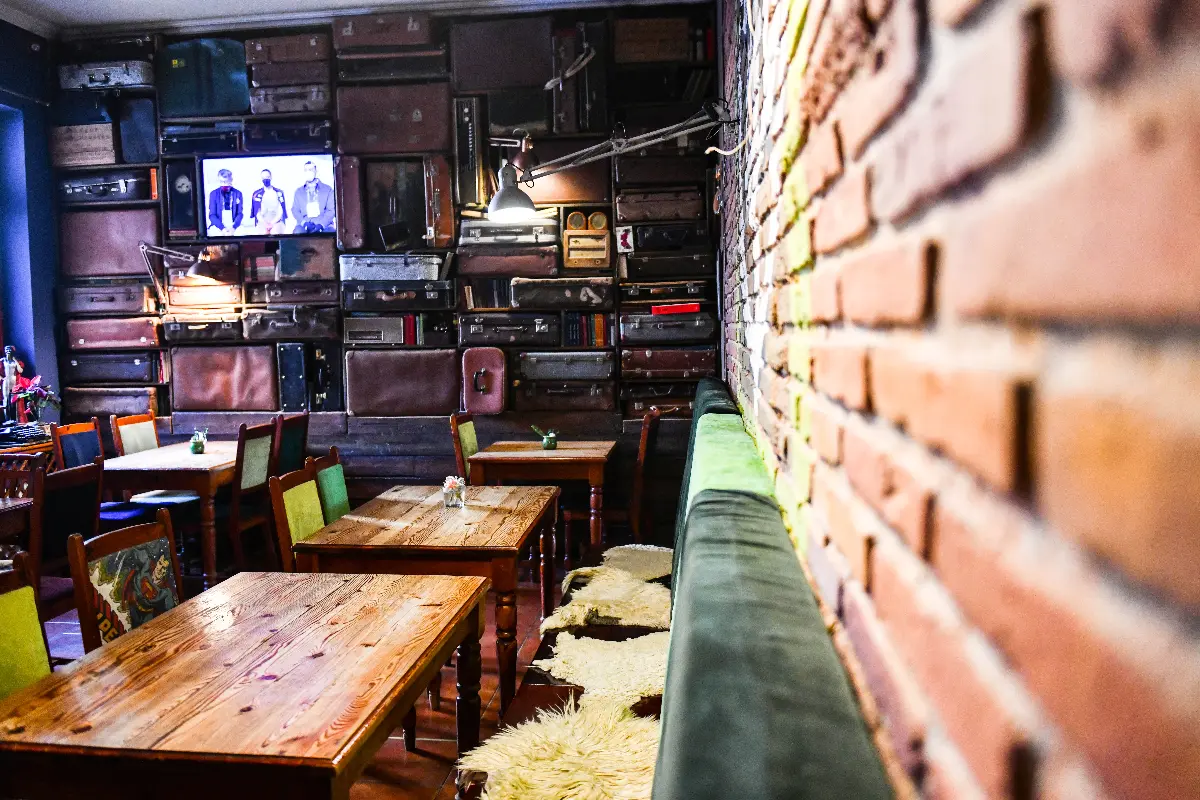
Classic Grill
in the corner of Széchenyi square with an excellent Balkan assortment. Cevapi (and the pljeskavice) are mixed here, grilled with passion, on hot embers and lava stones, ajvar, kajmak with all-homemade griddle-cake, and if we still have space, baklava is equal to winning a battle in Mohács.
Móres
Probably it is due to the Canadian owner that a separate American-Russian peace treaty formed on the table of a restaurant in Szeged. Where the Cold War was over, because after the New York sandwich, deli pastrami, we can gobble an original blueberry syrniki. Bite into New York and taste Moscow (only in moderation, of course).
“Alkimista Kulináris Műhely” (Alchemist Culinary Workshop)
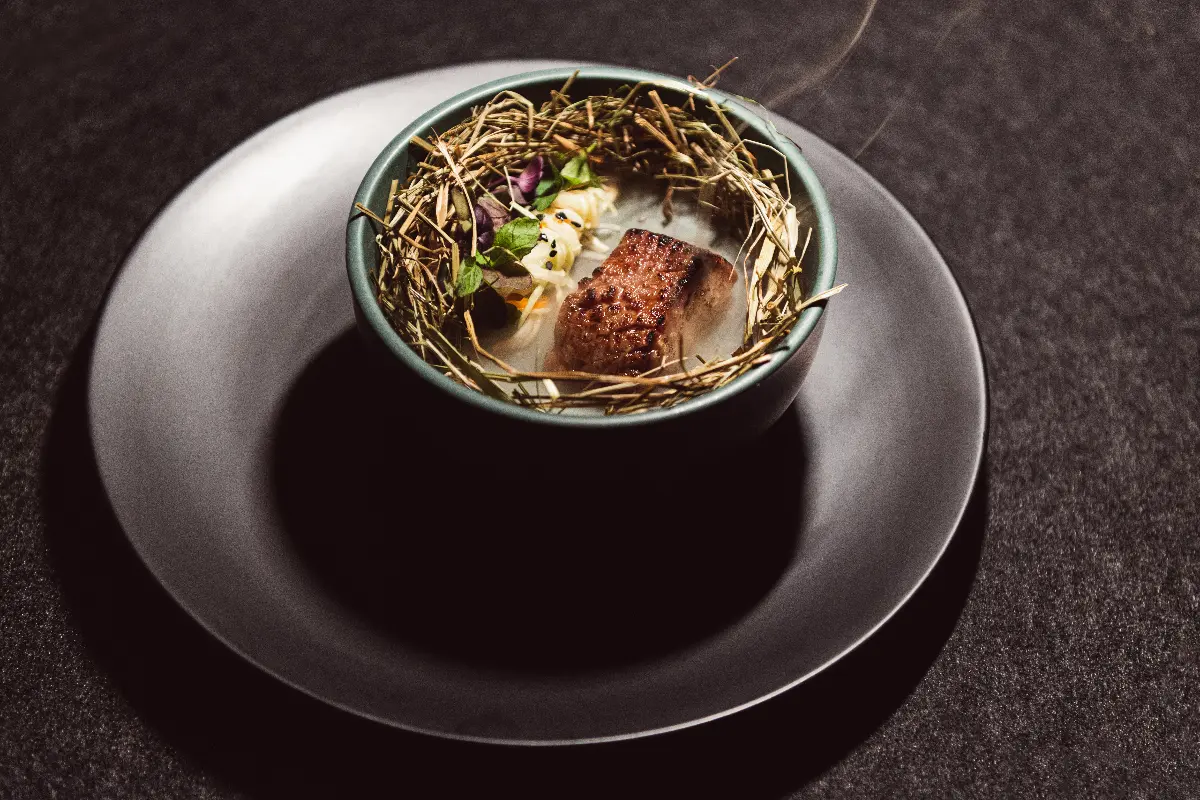
Like alchemy, it is private, mysterious and mystical. The place is open only from Thursday to Saturday, there are only few tables and a reservation is a must. A multi-course tasting menu, a modern and independent open-air kitchen, culinary storytelling, homemade dishes and the plasticity of time are the ingredients.
‘Napfény műterem’ (Sunlight studio)
Based on our small Hungarian pub tour, this place is the most suitable for having a good chat at night in Szeged. There will be no more sunlight, but the studio part of the pub is worth a look, especially the large number of draught artisanal beers, while we fondly think of Comrade Stakhanov as the godfather of the local DIPA.
Hungi ‘Vigadó’ (Dancehall)
Does the late János Kass turn in his grave? He opened a 6,800 m2 grandiose ballroom and nightclub, and a hotel with 67 rooms on the banks of the Tisza in 1898. After decades of hardship Hungaria was declared to be dangerous and closed in 1977, but has recently reopened. The 600 m2 hall, with an almost 7 metre -ceiling (due to the lack of a few billion Forints to restore it to its original state and the partnership for the protection of monuments), has been reborn as a ruin pub with a very special atmosphere, preserving the depreciation of nearly 40 years and adding a creative but stylish interior design. Three very ambitious young people from Szeged in their thirties (Dr Gyula Gálosi, Dr Tibor Farkas-Molnár, Balázs Orosz, two practicing lawyers, plus an entrepreneur) were in the right place at the right time and got a key to have a look at the building. It was love at first sight and a lease contract. The structure of the building, as well as its 400 m2 terrace, owned by Quaestor, was completely refurbished during its Sleeping Beauty phase in just a matter of months (“the first general potential contractor left at the first viewing”) largely financed with donations. Most of the work related to invisible investments: there was no water, no wastewater system, no heating, but these have been installed, along with high-tech lighting. At first, they considered opening only a disco, but today there is a public café, a literary evening, a book presentation, wine tasting, a brunch, a daily menu and sophisticated street food, positioned at prices to suit university students. Although none of them are restaurateurs, they think that’s the key to their success, “we don’t know how and what can be saved on”. In the party district, of course, the club atmosphere at the weekend is the winner, but the target group is wide, because “everyone from Szeged has some Hungária experience, the generations come together". We report that the late János Kass, who had a ticket to the Titanic but cancelled due to an event, does not turn in his grave.
